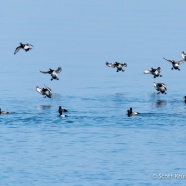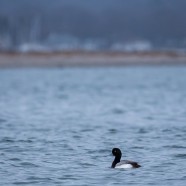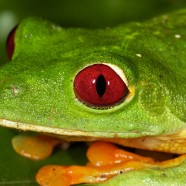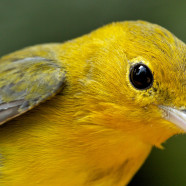Scaup Surge
Thanks to recent warm temperatures and favorable winds, Greater Scaup (Aythya marila) like those shown here are now on the move back to the north, and during the past couple of weeks their numbers have been growing across the region. While you can find some throughout the winter in open areas on large bodies of water such as Lake Erie, most members of this species migrate south to evade the cold. We have been able to enjoy several thousand – probably 5,000 or 6,000 and maybe more – in the waters of Long Island Sound off Stratford Point. Most stay rather far offshore and away from...
Read MoreGreater Scaup
There were so many more ducks pushed out into the open ocean during the past two winters with the icy Great Lakes and nearly every inland body of water being locked up for most of the season in the Northeast. This year species like these Greater Scaup can still be found in more northerly areas with sometimes historic warmth occurring. As of yesterday the Great Lakes ice cover was only at 7.2% compared to 2015’s 49.0% and the even more frozen 77.7% in 2014. Our local Lake Erie was essentially entirely ice at this point in the last two winters because it is so shallow, measuring at 94.5%...
Read MoreRed-eyed Tree Frogs
When I’m not engrossed in avian research my focus gets drawn to reptiles and amphibians. While visiting the Karen Mogensen Nature Reserve we found this nice population of Pacific phased Red-eyed Tree Frogs (Agalychnis callidryas). Around the main pool we found a few masses of eggs that were in various stages of development. The next find was particularly exciting for me – individuals in amplexus. That means during the courtship of this species the female carries the male on her back before copulation. We proceeded to find a few other individuals in the immediate vicinity....
Read MoreProthonotary Warbler (Protonotaria citrea) recapture by Sean Graesser
This Prothonotary Warbler was originally banded in 2011 as a bird of at least two years of age. We recaptured this bird this year at our site. This mean the bird has traveled at least 27,000 miles so far in his life. It has returned to the same site in a Mangrove estuary in Costa Rica now for three years. It always amazes me to think about the incredible journeys these songbirds make and the need to preserve the habitat on both ends of their life cycles.
Read More







